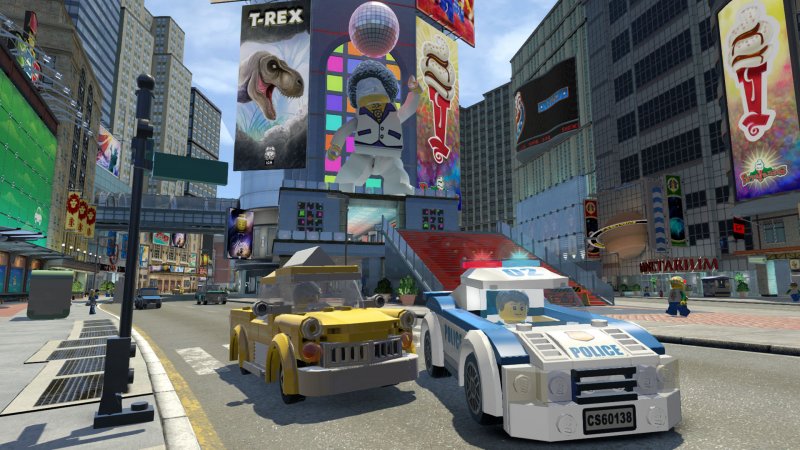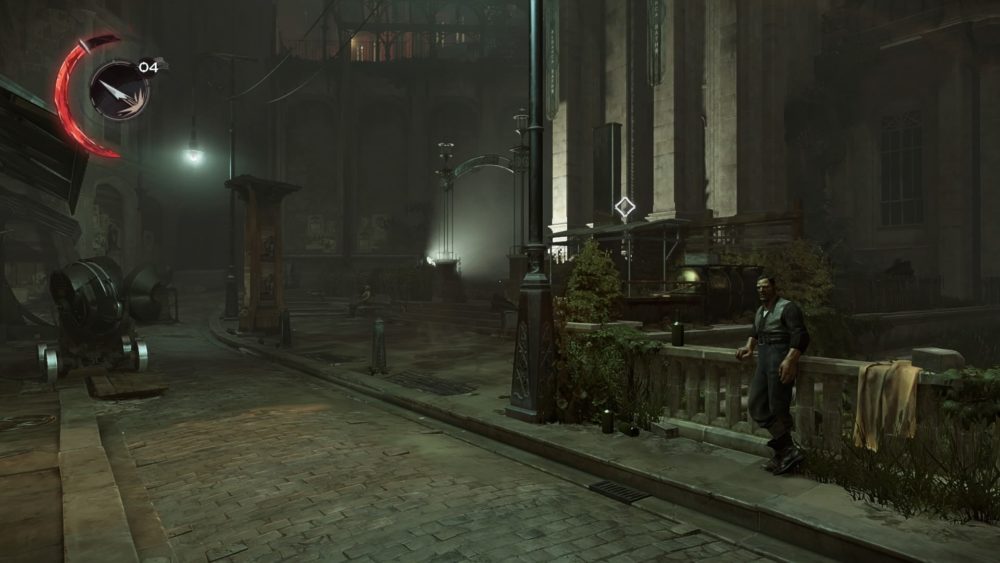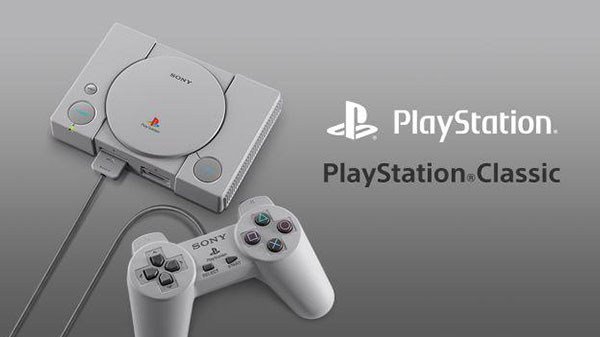Warner Bros. has linked the success of his LEGO video games to partnerships with important names, usually belonging to the film industry, thus proposing “constructive” series interpretations of series and well-known characters in other fields, from Star Wars to super-heroes Marvel and DC Comics.
The peculiarity of LEGO City Undercover is instead its being detached from this concept, being based on the universe of toys and therefore proposing a history and a world of reference free from links with consolidated licenses.
This does not mean losing the typical humorous momentum and the parody verve, on the contrarythe opportunity was taken by Traveler’s Tale to put together a zibaldone of quotes, from those explicitly drawn from film and television series to those implicitly linked to the parody of the action game in the open world and
criminal setting whose mechanics are here taken, taken apart and reassemble to apply them to the typical LEGO spirit. In short, it is an important title in the building blocks ecosystem, because it shows how the game structure has its validity regardless of the various important names to which it is usually associated, from time to time.
After four years of exile on Wii U, Chase McCain returns to the track on all platforms
The distinctive element, in this case, is provided by the presence of a vast freely explorable world, which exponentially expands the possibilities of exploration and interaction with the scenery and the characters, also allowing to use a wide variety of vehicles drawn from
the tradition LEGO. It is not the only chapter to present such a solution, which is shared by the almost contemporary LEGO Marvel Super Heroes, but while the latter’s New York seemed more a huge scenario capable of spectacularizing and giving free rein to the powers of the super-heroes, in this case
LEGO City looks like a more dense and vivid setting, more cohesive and full of secrets, secondary missions and hundreds of collectible elements, although in this case there is also a real level structure that marks the progression in history, interspersed with raids within this large sandbox made of bricks. On the history and details of the game we refer to the same review of the
Wii U version we referred to earlier, because basically nothing has changed from that to these new versions, while we take stock of the new features introduced.
DOUBLE CHASE
After four years and a semi-generational transition could be an opportunity for a profound renewal for LEGO City Undercover, which in fact did not happen. The game contents are exactly the same as the original, with the addition of a cooperative multiplayer mode which was in fact a big lack on Wii U, being a fundamental element of the entire LEGO series.
It is now possible to bring a second character into play at any time, with a simple drop-in / drop-out mechanics , even if the implementation is extremely simplified: the new character is nothing more than a clone of Chase with staggered colors and its location does not find a particular justification in the history and in the situations of the game.
The missions and the puzzles are the same as the original version, so there is no structure designed for the cooperative multiplayer game, which broadens the fun for two players in the most basic sense, without specifically designed solutions. Being a product aimed at an extended audience, however, it is a particularly welcome addition to the classic family dynamics of parent-child gaming or between multiple children.
It should be noted that the Switch version, here reviewed, requires two “complete” controllers to start multiplayer, ie it is not compatible with the use of the two Joy-Con as a pair of mini-controllers. From good to exclusive Wii U,
the original version was strongly focused on the use of the GamePad, which in fact still appears in the game as a special device provided to Chase , and in the transition to other consoles has disappeared the double-screen feature with a good reorganization of the interface that has made everything more fluid and comfortable, although obviously less particular. In this regard,
we note the total lack of use of Switch motion sensors: despite the game situations were transposed directly from Wii U and could therefore in some cases use accelerometer and gyroscope on the new Nintendo console, developers have decided for exclusive use of analog sticks.



